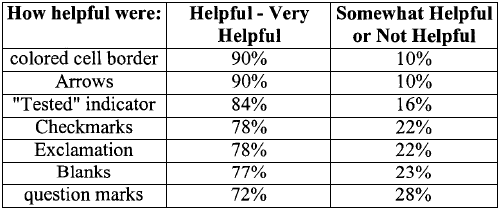Authors
Vijay B. Krishna
Abstract
Spreadsheet language programs, which include commercial spreadsheets, are among the most common form of software in use today. Unlike more "traditional" forms of software however, spreadsheet language programs are created and maintained by end-users with little or no programming experience. As a result, a high percentage of these programs contain errors. Unfortunately, software engineering research has for the most part ignored this problem.
We have developed a methodology that is designed to aid end-users in developing, testing, and maintaining spreadsheet language programs. The methodology communicates testing information and information about the impact of cell changes to users in a manner that does not require an understanding of formal testing theory or the behind the scenes mechanisms.
In this thesis, we present empirical data about the methodology's effectiveness resulting during a spreadsheet maintenance experiment.
The results show that, during maintenance end-users using our methodology were more accurate in making changes and did a significantly better job of validating their spreadsheets than end-users without the methodology.
Sample

The strong results from the experiment showed that the subjects receiving the visual testedness and change impact feedback provided by the WYSIWYT methodology were greatly aided and encouraged by it, especially in their testing.
The subjects found the cell border colors, arrows and percent tested indicator most helpful; checkmarks, exclamation point, and blanks less helpful; and question marks least helpful.
Publication
2001, Master's thesis, Oregon State University, April
